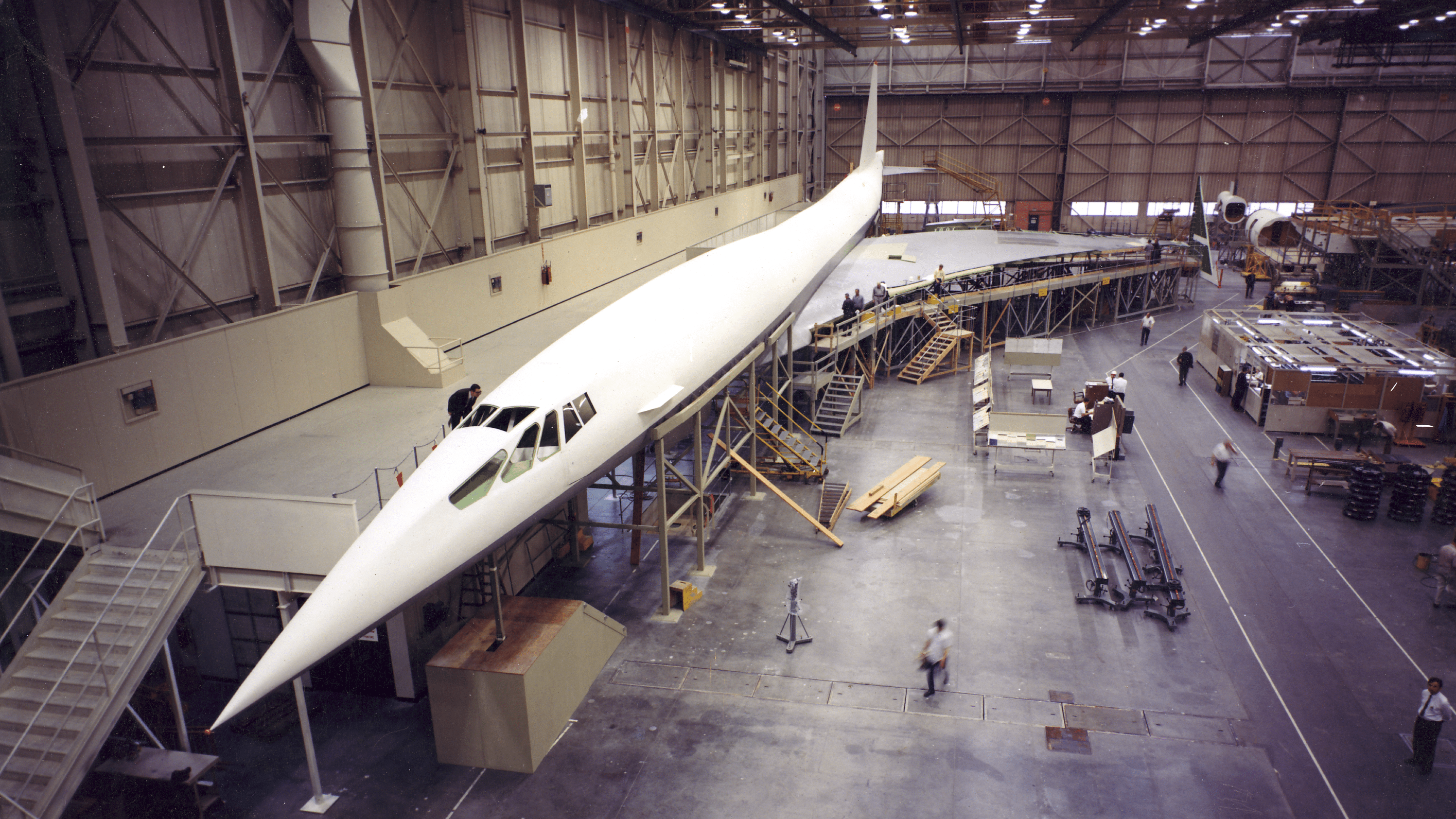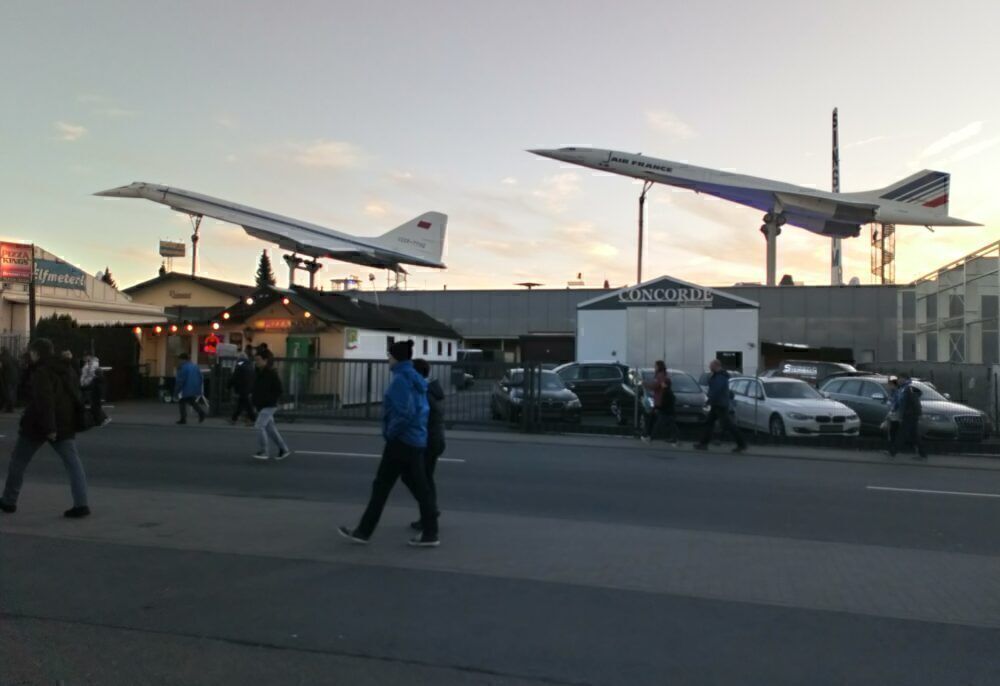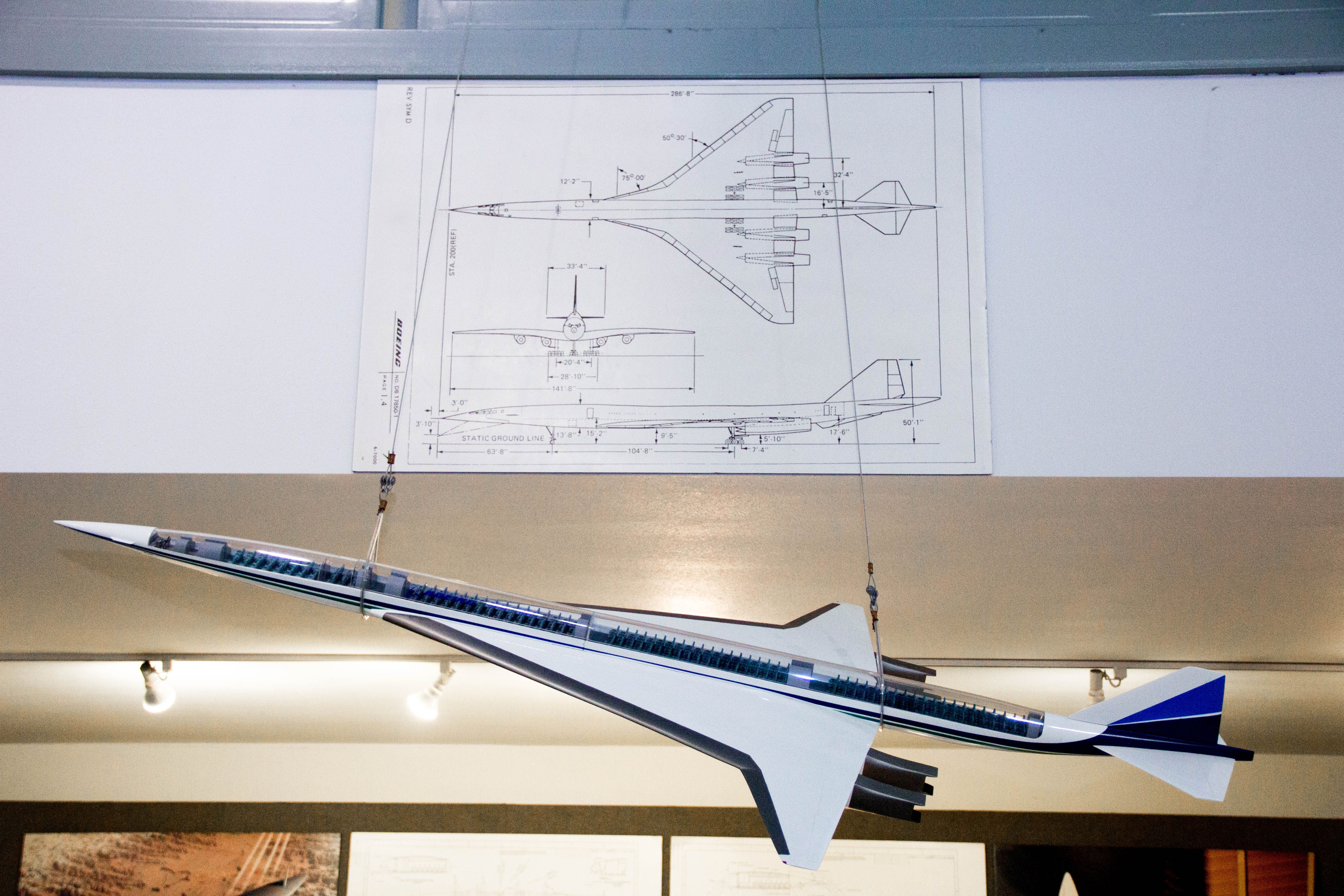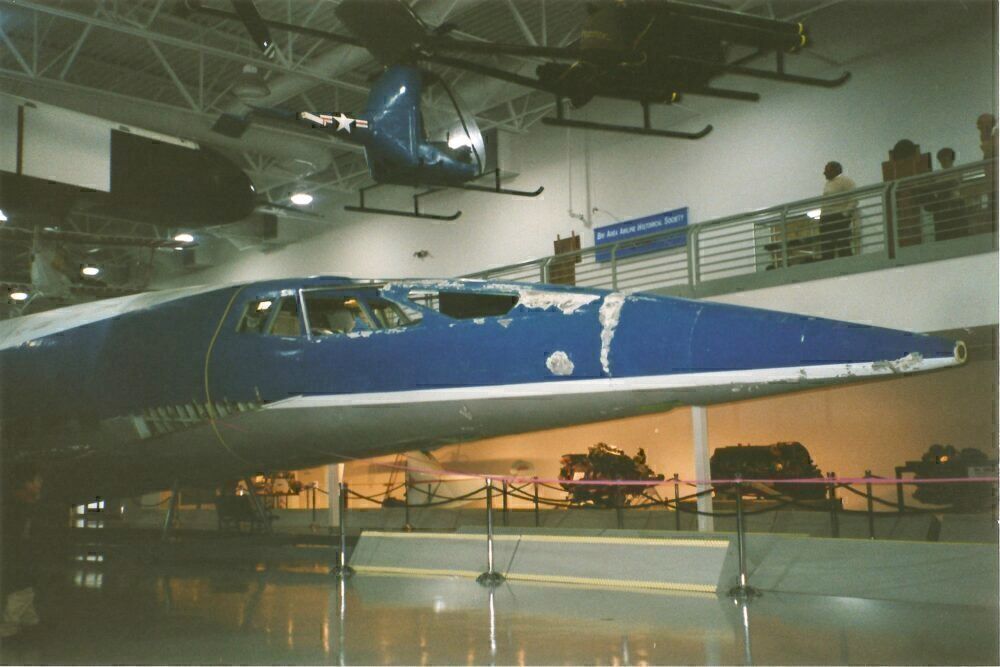When one thinks of supersonic commercial air travel, what else springs to mind but the legendary British-French Concorde? Perhaps another obvious aircraft would be its Soviet competitor, the Tupolev Tu-144. However, did you know that Boeing was also briefly involved in the race for commercial supersonic flight? Let's take a closer look at its 2707 design.
Three-way supersonic battle
The Boeing 2707 was the American competitor in a three-way fight to make the dream of commercial supersonic air travel a reality. Its competitors in this aeronautical arena in the late 1960s and early 1970s were the Soviet Tupolev Tu-144 and the British-French Concorde.
However, Boeing's proposed 2707 was set to be larger and faster than its competitors. For instance, it had a projected capacity of 250-200 passengers and an anticipated cruising speed of approximately Mach 3. This conspicuously set it apart from the likes of Concorde.
Indeed, the British-French design seated around 100 passengers while cruising at Mach 2. These figures would have given the Boeing 2707 a significant edge had it entered this battle with production examples of the aircraft. However, as we shall see, it never did so.
Several airline orders
As far as the order books were concerned, the Boeing 2707 looked as if it might prove a successful commercial venture. When one considers how legendary Concorde was, part of this was down to its rarity. As far as examples that entered commercial service were concerned, there were just 14. Each of Air France and British Airways operated seven between 1976 and 2003.
However, the Boeing 2707 could potentially have outsold Concorde by a factor of almost nine times. Simple Flying explored the aircraft's early delivery schedule last year and found that airlines had placed as many as 122 orders for the type. These were spread among a wide range of airlines, most of whom only wanted a few examples. Indeed, Pan Am (15) and TWA (12) were supposedly the only carriers to have requested a two-figure number of 2707s.
Never reached production
However, despite the promise of its specifications and order figure, the Boeing 2707 was never manufactured. Despite having achieved more than 100 orders, the project had several groups of critics from outside commercial aviation.
Environmental groups strongly lobbied against the 2707, citing concerns regarding sonic booms and ozone depletion. The former of these resonated strongly among the American public. After all, a supersonic test of the XB-70 nuclear bomber in 1964 resulted in nearly 10,000 damage complaints from buildings in Oklahoma City due to its sonic boom. The final nail in the coffin for the 2707 came in 1971 when the US Senate denied the project further funding.
Despite support from the Nixon administration, the House of Representatives vote on May 20th, 1971, swung in favor of ending funding by 215 votes to 204. By this stage, Boeing had not even completed the two prototype 2707s. A market downturn followed soon after, and Boeing cut over 60,000 jobs. However, despite this setback, it eventually bounced back and became the industry-dominating juggernaut that we know so well today.
What do you make of the Boeing 2707? Do you believe it would have challenged the Tupolev Tu-144 or even Concorde had it been produced? Let us know your thoughts in the comments.





